|
Incongruously placed in the corner of the Fargo-Moorhead Visitors Center, past leaflets advertising such local treats as the Rookery Rock Winery and the Buffalo River Pumpkin Patch, is a rusted-yellow Yard Shark wood chipper. Visitors come from all over America to don a bomber hat, grab the kindly provided fake leg - complete with authentic white wool sock - and reenact the most famous body-disposal scene in Hollywood history.
Such is the enduring legacy of the Coen brothers' Fargo, which cemented them as America's foremost re-inventors of the crime drama. In 2006, ten years after it's release and two Oscars later, Fargo was inducted into the US National Film Registry, one of just five films in the registry to have been awarded a place on the first year they were eligible - an honour shared withGoodfellas, Raging Bull, Toy Story and Do the Right Thing. Now, ten years later, Fargo is celebrating its 20th anniversary. Read more at the 405 here
0 Comments
Based on Kim Barker's equally caustic and comic memoir of her experiences covering Operation Enduring Freedom, The Taliban Shuffle, Whiskey Tango Foxtrot explores the particular thrills and challenges encountered by a female war correspondent.
Read more at The 405 At the end of the video game Bioshock -- spoiler alert -- the player-character is revealed to be an unwitting slave to a brainwashing antagonist, who triggers obedience by speaking the key phrase 'Would you kindly?' Throughout the game, the player has been given their objectives prefixed with the phrase, making for a neat commentary on the deceptive interactive freedom in gaming.
That phrase often comes to my mind when someone announces a supposedly innovative approach to interactive media, as the results are so often a disappointingly illusory sense of control. Fitting then that, in a recent interview with Wired, the creator of Bioshock, Ken Levine, is asking us kindly to be excited at the prospect of an interactive reboot of The Twilight Zone. Read more at The 405 The 68th annual Cannes Film Festival is scheduled to be held from 13 to 24 May 2015. This year's jury president Uwe Boll will not announce the line-up until later in April, but here are three films that I hope are included: Garden of Storms - Dir. Frank Fustian
Let me know in the comments below what films you think should be welcomed to the red carpets of Cannes this coming May. Or don't. Whatever. "When you're with someone, it's like a mirror." Dir: Michael Almereyda Prod: Michael Almereyda, Robin O'hara, Bob Gosse Starring: Barry Del Sherman, Isabel Gillies, Bob Gosse, Elina Löwensohn, Paula Malcomson Since it's available nowhere else - online or off - I've uploaded a rip of my VHS of Another Girl Another Planet from director Michael Almereyda. I picked this up in an Aberdeen Global Video bargain bin back around 2004 and watched multiple times. The ghostly image and quote of praise from David Lynch on the front of the box was all it took. The film is a dreamy, conversational drama about Bill and what he learns through a succession of women in his life who have all been touched in some form by the death of another. Starting with its feet planted in New York indie realism, it moves step-by-step into more surreal territory. Most remarkable for being shot on a Fisher-Price PXL toy camera, it also succeeds through immersive use of sound and music, and absorbing dialogue that manages to mostly skirt pretension despite concerning itself with lofty themes of spirituality and death. Seeing it again now, for the first time in 8-or-so years, it still holds up. Apologies for the less-than-perfect quality of the copy, but it's an old VHS player dealing with an old VHS and couldn't be helped. Call it extra texture. "I have the feeling Michael Almereyda is one of the best American New Wave directors" - David Lynch From the box blurb: "Filmed entirely on a Fisher-Price PXL 2000 toy camera Another Girl, Another Planet goes way beyond most uses of this camera and hits its mark in the impressive form of a full-blown feature film. Almereyda (of recent HAMLET and past NADJA and TWISTER fame) has virtually always included the use of the Pixel camera in his films, but this was his first time committing to it exclusively. Using a clearly defined narrative form and excellent scripting, director Michael Almereyda has enticed superb performances from the whole cast. The striking almost ghostlike visuals created by Pixelvision only enhance the films dreamlike atmosphere. The simple but richly crafted story concerns the relationship between East Village neighbours: Nick, anxious and married, and Bill, whose life appears to be a constant stream of encounters with strange females. The ghostly monochrome results work best on an intimate scale, giving Almereyda's Lower East Side drama a dreamy intensity as it's boho participants float through a late night haze of romantic pessimism and aching longing." (Trevor Johnston, Time Out) Copyright seems to be held by Nabu Productions, but a US Copyright Office search found no record. If anyone with an interest wants me to take it down, I'll happily do so. I just think it needs to be seen and there is no current or expected release.
An analysis of Iranian cinema and it's relationship to poetry, looking particularly at the connections between Mohsen Makhmalbaf's A Moment of Innocence and Rumi's poetry on the nature of reality and human perception When film critics outside of Iran reacted to the new wave of Iranian cinema produced after the 1979 Islamic revolution, they often attributed the distinctive poetic realism of Iranian cinema, expressed through codified imagery and allegorical stories, to the requirement to circumvent the varying censorship regulations of the post-1979 Islamic theocracy. Gilles Jacob, director of the Cannes Film Festival: "...artistic revolution often takes place in those countries weighed down by restrictions, where artists are not free. Art is often born from constraint. On the other hand, when liberty is rediscovered, there is sometimes a diminution in quality because choice becomes immense, posing new problems." From the Iranian perspective, however, the foreign critics had arrived late and their lack of long-term historical perspective resulted in an exaggerated concentration on the effects of the state censorship. Although the effect of censorship and state control on shaping Iranian cinema is not to be ignored, the forces of poetic and cultural heritage largely formed the Iranian cinematic identity and contextualising Iranian cinema as 'art born from constraint' is to paint an art-form that organically evolved from a poetic inheritance as myopic.
The Passion of Joan of Arc is a remarkable classic of the silent era by the Danish director Carl Theodor Dreyer, depicting the trial and execution of Joan of Arc at the hands of the English. The film is frequently listed today as one of the greatest ever made, but has suffered numerous spates of bad luck in its lifetime and come perilously close to the dustbin of history. Dreyer's version was the eighth attempt to film the story of Joan of Arc, but was far from a simple retread of the well-known story. Dreyer believed that the key to a film depicting the dreadful fate of Joan of Arc was to be found in humanising the deified through realism, immersive dimensionality in composition and an honest conveyance of emotion. As Dreyer himself explains: “All of these pictures express the character of the person they show and the spirit of that time. In order to give the truth, I dispensed with ‘beautification’. My actors were not allowed to touch make-up and powder puffs and, from the first to the last scene, everything was shot in the right order.”
The main character in my film is someone who is trying hard to focus on pleasant memories but whose mind is continually invaded by negative ones. The character never speaks, so lens whacking is one way in which I saw fit to translate his psychology visually. The film's aesthetic is based around light and it's relationship metaphorically to memory, so this also made the effect well suited. By detaching the lens and moving it back and forth in front of the sensor, focus can be shifted rapidly from a slight depth of field to deep focus, and light leaks in natural, smooth streaks and washes onto the sensor. Additionally, we also chose to flag around the backend of the lens to have more control over the light and distorted the image by twisting the lens away from the sensor at an angle. A lot of cameras nowadays can shoot without a lens, particularly DSLR's, but we were using a Panasonic AF101E which doesn't, necessitating taping down the contacts to fool the camera. What was achieved by DoP Garry Torrance can be seen below. I'm very fond of when equipment is misused or pushed further than intended for artistic effect. Either for DIY necessity or visual aesthetic, there's something pleasurable about being witness to crafty and brash invention. I had the joy of working on Josh Loftin's I Can't Be Kaspar as a sound recordist, a film which used cheapo-espionage cameras in lighters and glasses. Josh wanted the film to live inside the head of the central character and also film real situations between his actors and the public without visible cameras.  Michael Almereyda's Another Girl, Another Planet Michael Almereyda's Another Girl, Another Planet There's many examples of rough-and-ready cinematography. Ben Wheatley's A Field in England used a Holga toy camera and cheap telescope glass to create a fantastic otherworldly atmosphere (watch their behind-the-scenes video here). The hard-to-find Another Girl, Another Planet by Michael Almereyda, a favourite of mine ever since I bought it on a whim from a Global Video bargain bin years ago, used a Fisher Price Pixelvision camera, which records on standard cassette audio tapes and renders everything in a shimmering lo-fi somewhere below corner shop CCTV in quality. You could call it a gimmick, but obfuscation becomes viewer engagement and peering into Almereyda's ghostly murk feels immersive and dreamlike for me in a way no film apart from Primer has since accomplished. UPDATE: I've uploaded my VHS copy of Another Girl Another Planet here I'd love to find more examples, or hear stories from other filmmakers who have dabbled in weird techniques and risked breaking their equipment for the sake of a film, so please comment below.  FLASHBULB is a 10-minute drama about the power of memory in family relationships. Obsessed with recreating a happy memory from childhood, Daniel, a reclusive young man, builds an elaborate machine to help him regress to a past where he was more content. However, troubling memories of his estranged alcoholic father prevent him from happily dwelling in his ideal memories. The film, which I wrote and directed, will be screening at the 2014 Ickle Film Fest in Dundee, Scotland, during the 18th to the 21st of September. The programme is still to be determined. More info can be found here and STV published an article about the festival here Watch a trailer for Flashbulb below The best promotion of the continuing power of punk is how much Ayatollahs hate it. Shaytan has all the best tunes. ***UPDATE 12/11/13*** Two members of Yellow Dogs, drummer Arash Farazmand and guitarist Soroush Farazmand, were tragically killed in a shooting on the morning of the 11th. If you like the band then perhaps, in honour of those two, you would like to learn more about or support one of the groups that help Iranian refugees, political prisoners and/or fight for human rights reform in Iran, such as the ICHRI, Amnesty and the CDHR.
Bahman Ghobadi's drama No One Knows About Persian Cats is set in the underground rock scene of Tehran. The underground scene in Iran is no joke, prison and the lash can be expected for your troubles. Music as a whole isn't considered very favourably within the official strictures of the Islamic Republic, western music less so, and punk is essentially an enemy of the state. "Although music is halal, promoting and teaching it is not compatible with the highest values of the sacred regime of the Islamic Republic," said the Supreme Killjoy, Ayatollah Ali Khamenei, in 2010. This was in response to a question about classical Persian music lessons from a devout follower, the Ayatollah's answer to those looking to express themselves through rock music is decidedly less gracious. On August 16th, police raided the concert of Iranian metal band Dawn of Rage and arrested 200 fans, stripping some to look for "satanic symbols", despite permits being sought and received through the Ministry of Culture. Many bands that make music outside of the approved system, such as The Yellow Dogs featured in the film, are forced to flee or accept the full force of the government oppression when their popularity makes continuing underground impossible. However, the sheer mass of internet savvy youth and illegal satellite dishes in Iran mean they still have an impact. Before Khamenei, at the birth of the Islamic Revolution in 1979, Ayatollah Ruhollah Khomeini declared music to be "a drug" and proceeded to ban all types of music, instruments and music schools. "We must completely eliminate [music]," Khomeini told the Kayhan newspaper after the revolution. Despite the Ayatollah's outrage, the Qurān does not categorically condemn music. Khomeini's position was a traditionalist, reactionary interpretation based largely on the hadith. Often the conservative rulebook would dip into the bizarre, such as the decree that made chess haram until 1988; the pollution of idols, see? In the 1980's, the Ministry of Culture and Islamic Guidance (MCIG) was charged with overseeing the production of music, first producing firm guidelines and then consolidating and unifying regulation and censorship in 1987 in line with post-revolutionary values. Musical instruments were only deemed acceptable for sale in 1989, when Khomeini relented on some of his absurd decrees shortly before his death. Despite gradual loosening of the rules for Persian traditional, western classical and pop music since then, only 20 percent of the music produced in Iran today is met by approval from the MCIG. Women in particular struggle under ridiculous rules; female singers can largely only accompany a male, not be the the lead or sing solo. |
Archives
November 2023
Categories
All
LinksWriting
Art & Design Science Music Film All contributions by Kieran Gosney unless otherwise stated.
© Kieran Gosney and kierangosney.com, 2013. Unauthorized use and/or duplication of this material without express and written permission from this blog’s author and/or owner is strictly prohibited. Excerpts and links may be used, provided that full and clear credit is given to Kieran Gosney and kierangosney.com with appropriate and specific direction to the original content.
|
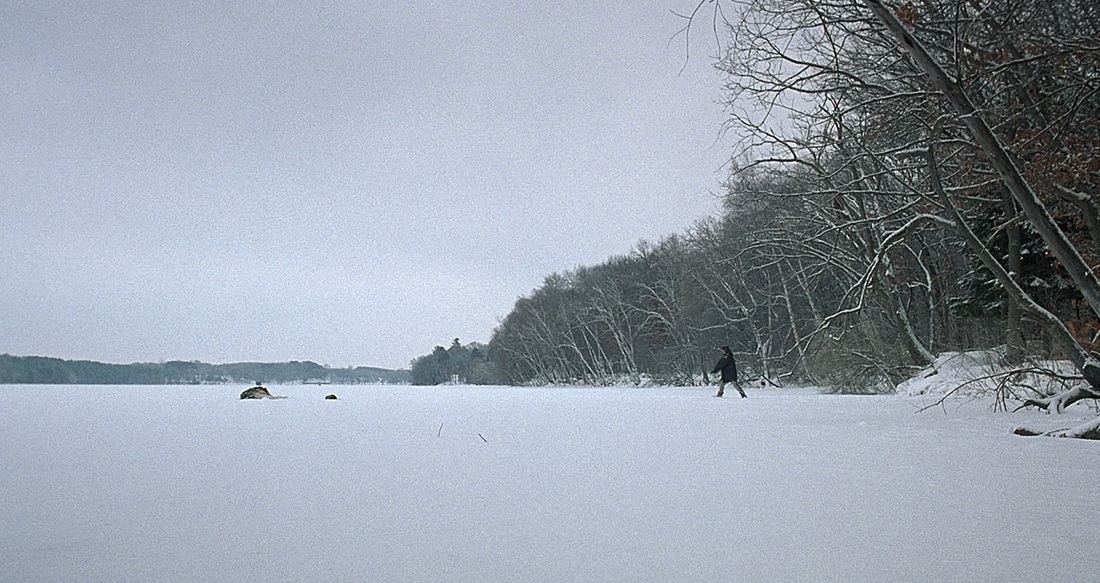
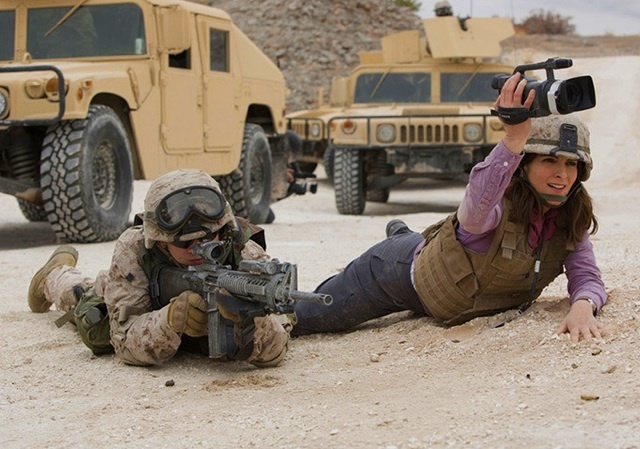
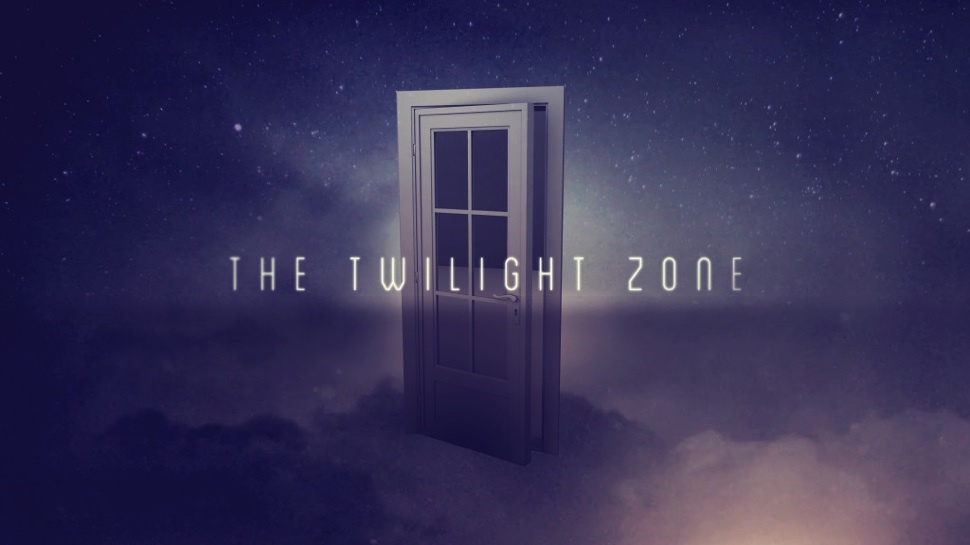
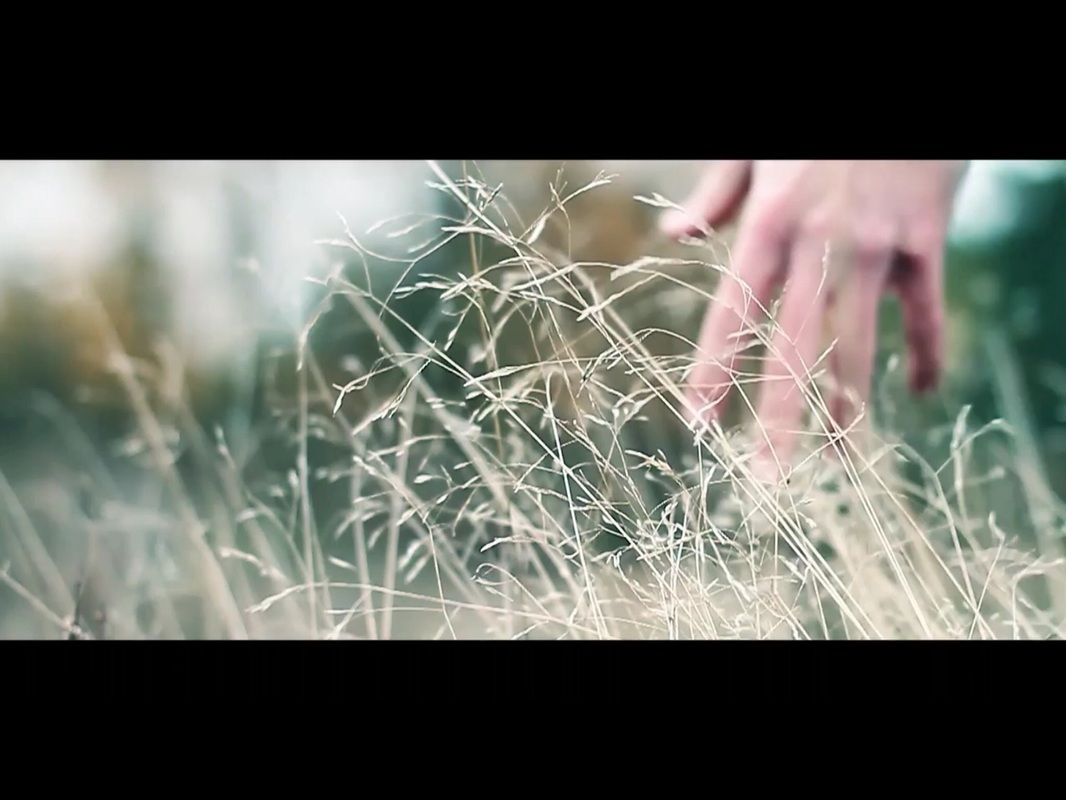
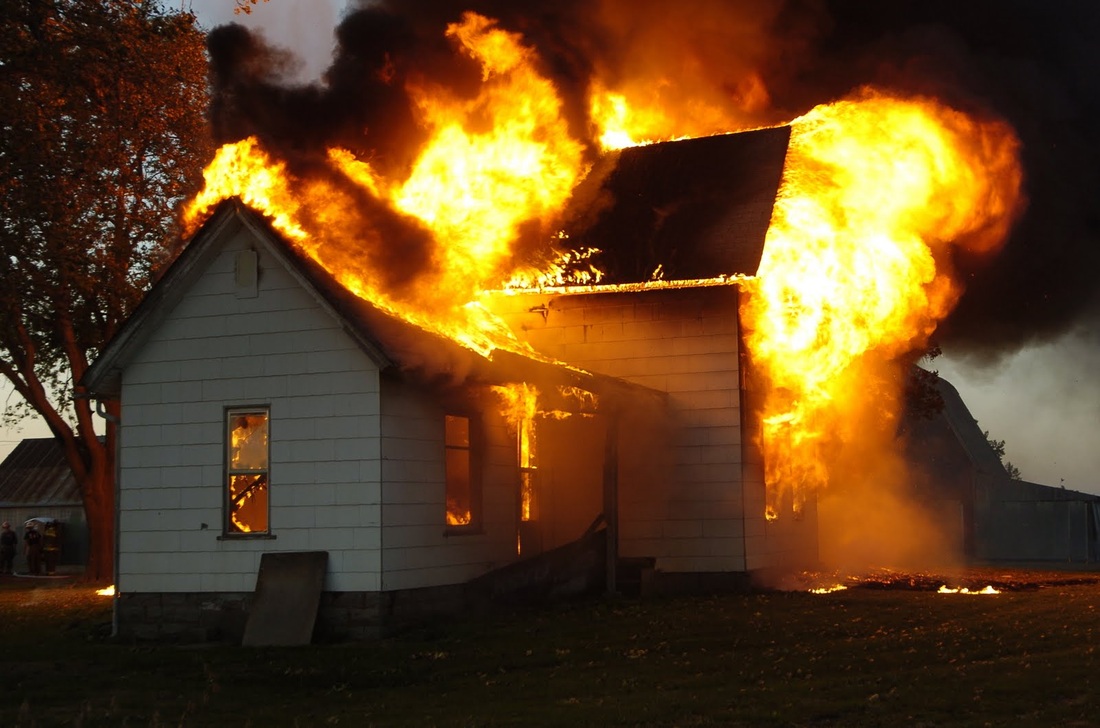
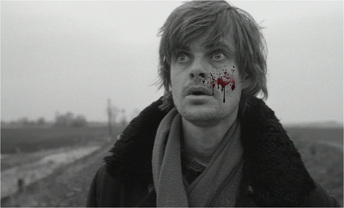
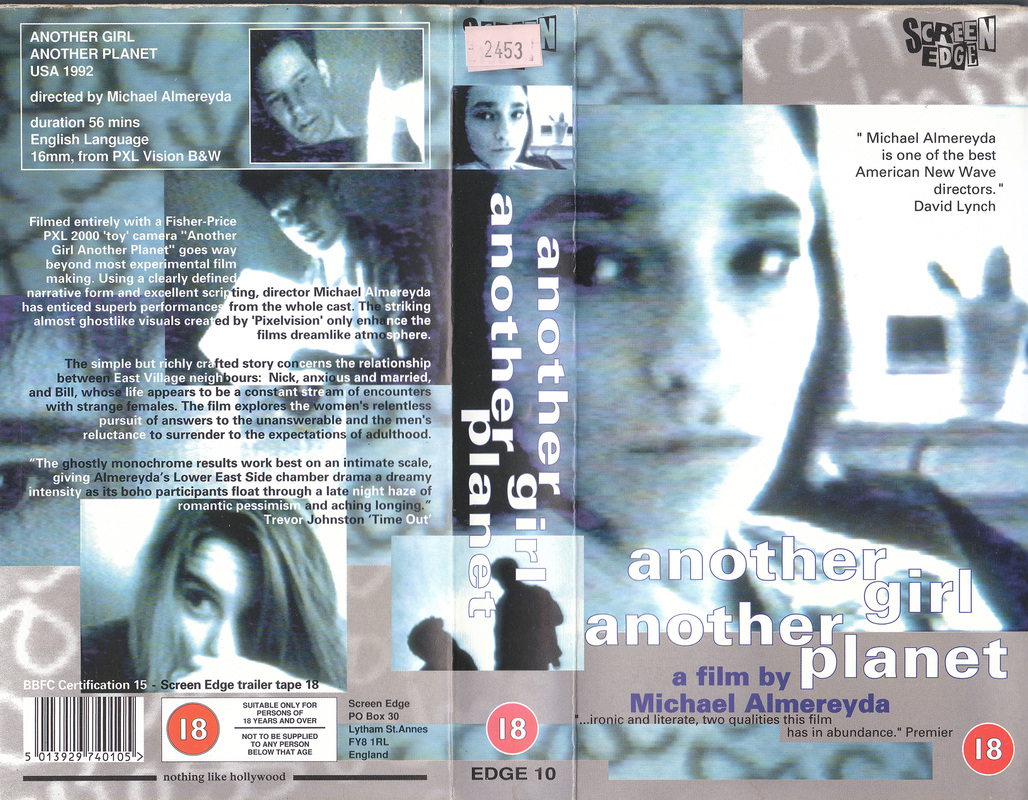
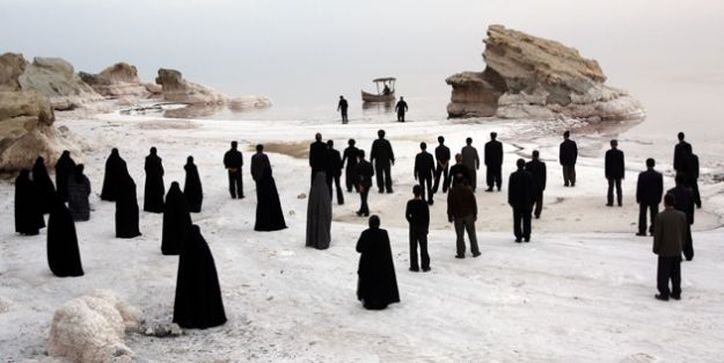
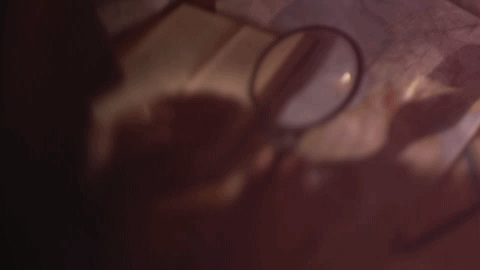
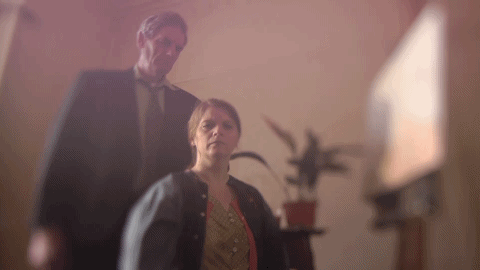
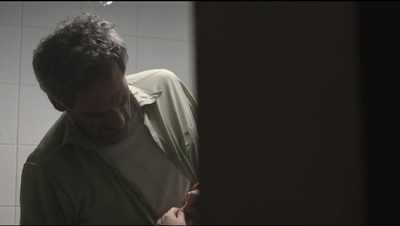
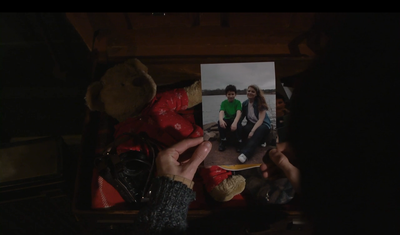
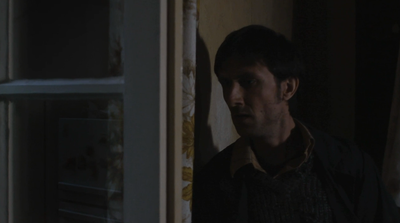
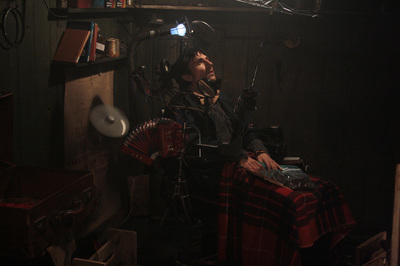
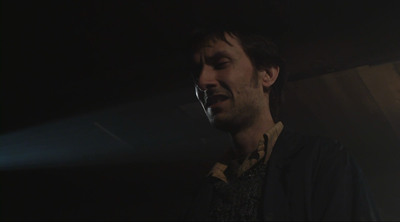
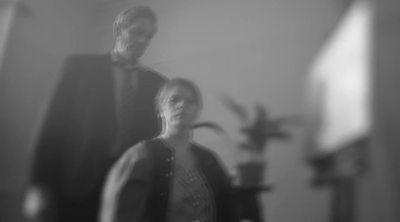
 RSS Feed
RSS Feed